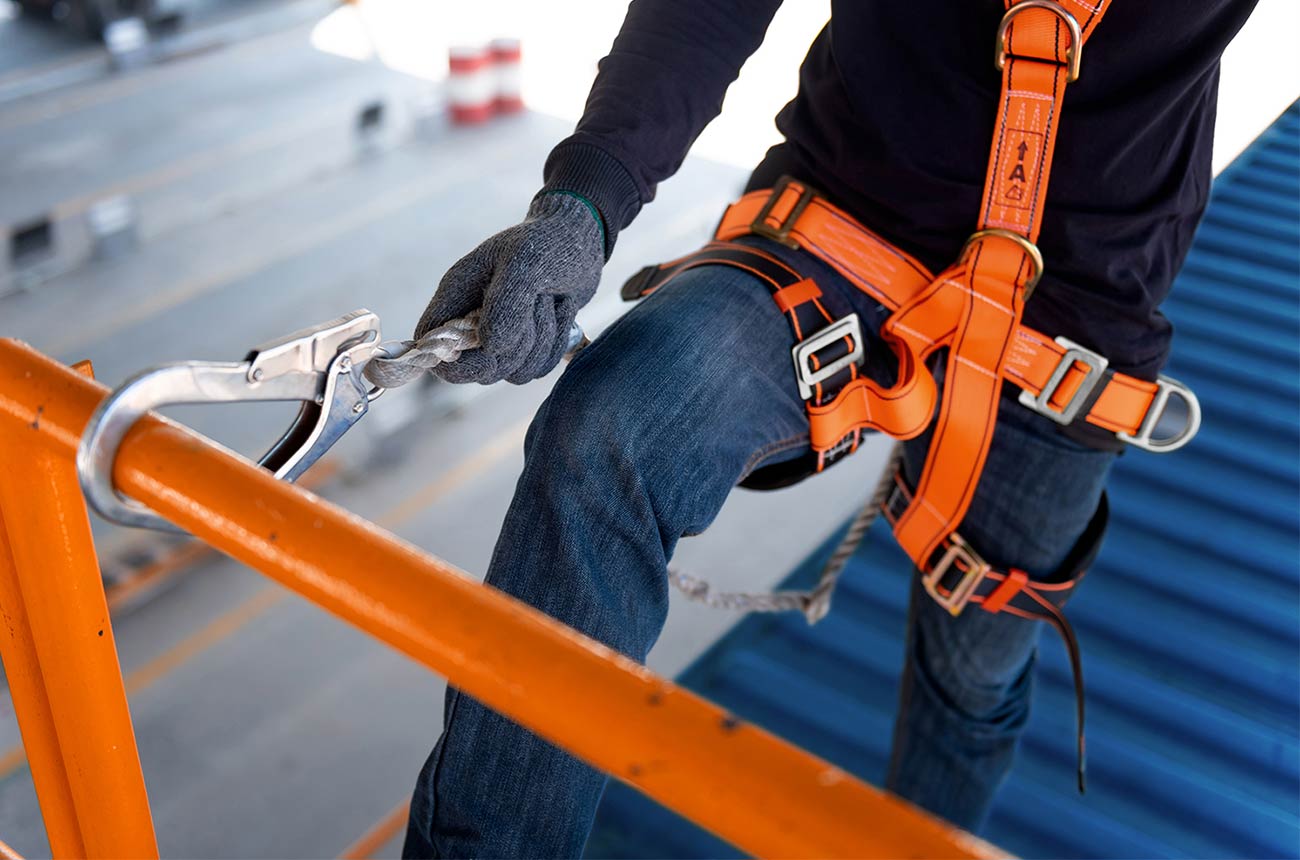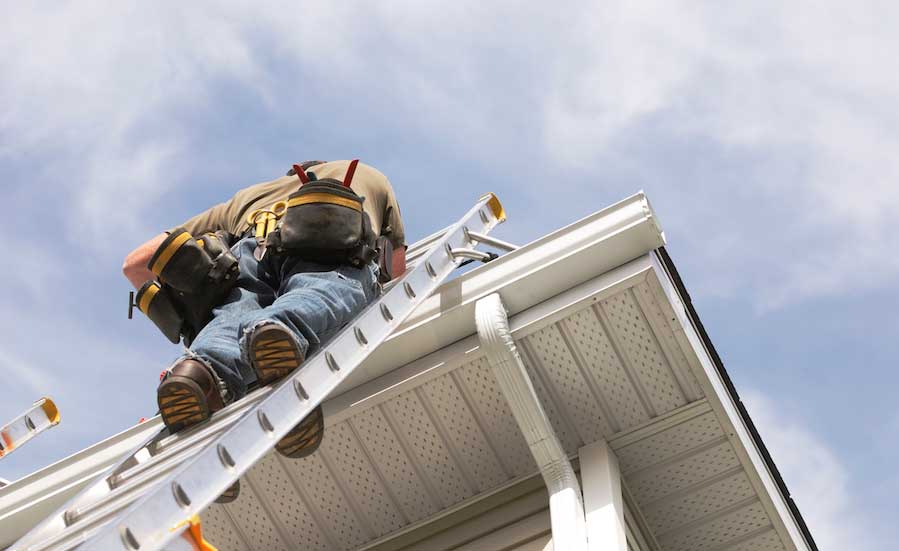
Monolithic construction
The monolithic construction technology is known all over the world. High-storey buildings and skyscrapers are erected using on this technology. Earlier active monolithic erection was in seismic zones as the monolithic construction can withstand high loads (up to 8 points) without being destroyed.
Let’s find out what monolithic houses are, advantages and disadvantages of a construction and the process of building.
Technology of monolithic building
The essense of the technology is in pouring of the re-enforced concrete parts of a monolithic house in the process of erection. Filling the gaps between slabs can be done with any sound (brick, block, panel) or low-strength material (wood, PVC panel with insulation, glass) as there is no load on this part of the wall.
In this technology a few variants of frame are issued:
covering on supporting columns
supporting longitudinal walls
supporting transverse walls
Reinforcement.
Reinforcement cage for a monolithic house is produced of steel rods of different diameter. All parts of the frame are welded or tied. But the last bonding technique is used rarely as it is more time and labor-consuming.
Formwork construction.
For this housing either circular or stay-in-place formwork is used. A formwork construction is a massive sound panel (panel formwork) or prefabricated form for pouring (tunnel formwork) which prevents concrete mixture from flowing and allows to save the shape during setting time.
The variants of formwork construction in usage are different:
horizontal
vertical
creeping
for rounded elements
Monolithic houses with stay-in-place formwork are more popular in apartment blocks. These are low storey monolithic houses, cottages.
Concrete mixture and grouting.
Depending on the monolithic construction size concrete mixture can be produced immediately on the building ground in the mixing batch or on special concrete goods factory. In the second case concrete is transferred in the moto mixer.
Works with setting concrete
After the filling concrete in a formwork, it is densified. This step is necessary to delete air locks, presence of which worsens the work of the mixture. Concrete mixture densification is made with the help of vibrator. The quality of densification of concrete mixture influences surface smoothness of walls and ceiling which also influences the budget of fine finish.
Form stripping
After the concrete gets necessary strength formwork is taken off and removed further, to the next part of grouting.
Advantages and disadvantages
Monolithic houses have both advantages disadvantages. Let’s distinguish them. The speed of building is one of the main advantages. Monolithic houses which projects are similar to the brick houses are built quicker than the last ones. Architectural freedom is also a strong argument. Most of the houses are built according to a definite pattern as it is defined by its constructional peculiarities. But there are no limits for a monolithic house. In such houses plans can be different, multilevel, with ceilings of different height which is not typical for block or brick houses.
The full absence of open joints in a monolithic house provides a great number of advantages such as:
sound isolation level increase
thermal insulation improvement
house life-extension
strength increase
protection from cracking
lowering of construction weight
You should pay attention to its disadvantages.



